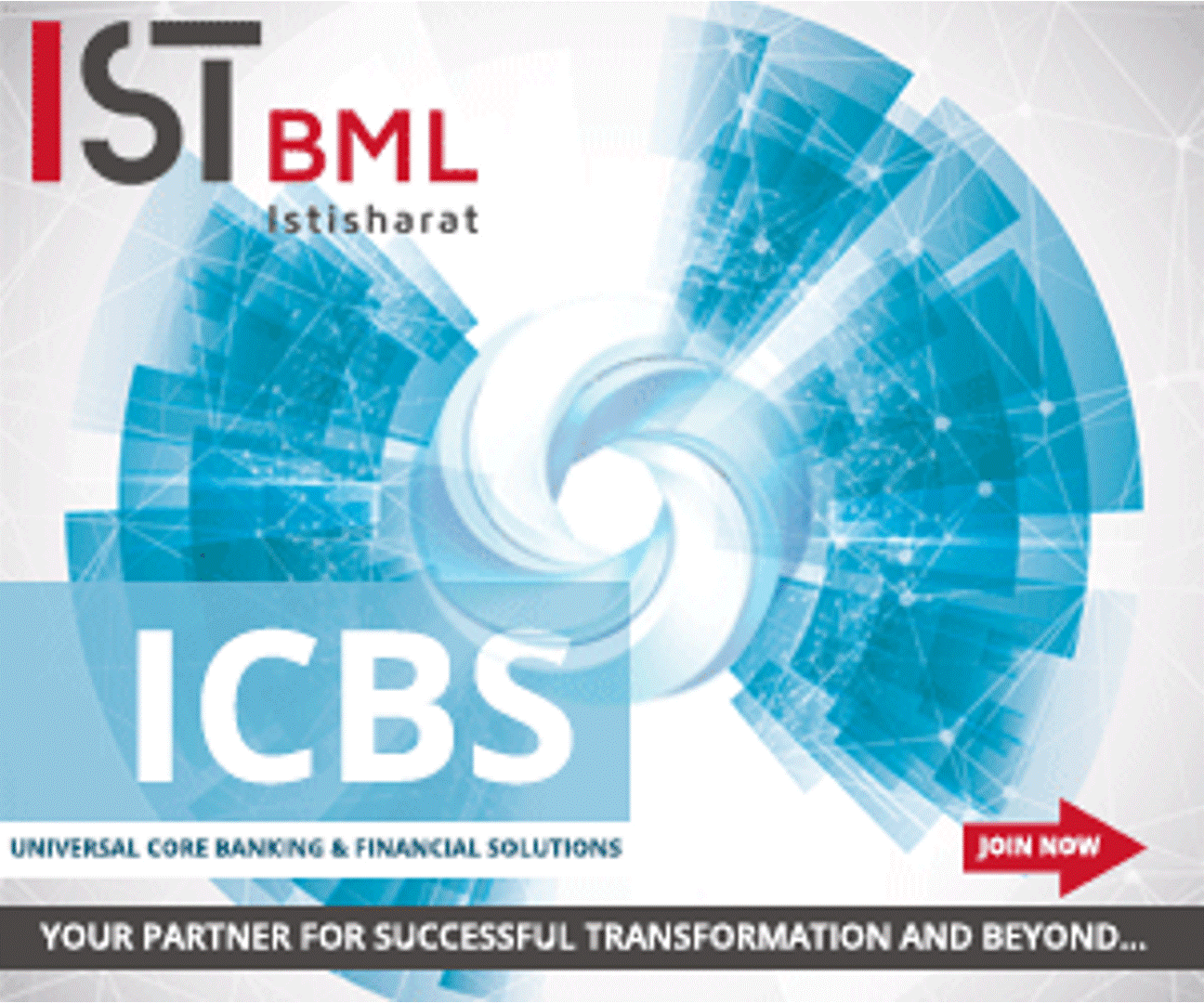 Back
Back
5 trends and opportunities for the FinTech industry to watch out for in 2021
By Pavithra R
 FinTech is a portmanteau of the terms “finance” and “technology” and refers to any business that uses technology to enhance or automate financial services and processes. The growing involvement of big techs in FinTechs, the emergence of various disruptive technologies such as AI, blockchain and cryptocurrency, increasing focus on open data opportunities, regulatory clarity in jurisdictions has all contributed to the revamping of the FinTech ecosystem.
FinTech is a portmanteau of the terms “finance” and “technology” and refers to any business that uses technology to enhance or automate financial services and processes. The growing involvement of big techs in FinTechs, the emergence of various disruptive technologies such as AI, blockchain and cryptocurrency, increasing focus on open data opportunities, regulatory clarity in jurisdictions has all contributed to the revamping of the FinTech ecosystem.
Even though one cannot foresee all the opportunities future holds, there are some likely trends and opportunities for the FinTech industry for now and for the future.
1. Cybersecurity
Cybersecurity is expected to be a disruptive force on financial services over the next decade. Keeping up with new and continuously evolving security threats is one of the primary reason for digital transformation to remain an ongoing process. Firms should balance between being open with being secure.
Although cybersecurity has always remained a hot topic of discussion, the COVID-19 pandemic has significantly added its importance. Many emerging technologies are promising to take cybersecurity to the next orbit. Artificial Intelligence has been touted as a silver bullet for solving many of humankind’s problems. AI-based technologies like machine learning (ML) and deep learning (DL) hold tremendous potential in preventing cyber-fraud. Similarly, other technologies like blockchain, quantum cryptology are also playing critical roles in combating advanced attacks.
2. Big Data and analytics
Digitisation in the finance industry has enabled disruptive technologies such as advanced analytics, ML, AI, big data, the cloud to penetrate and transform how FIs are competing in the market. Data and analytics have become more and more advanced and, therefore, became important to enterprises over the last few years.
Big data and analytics are being used extensively to build more personalized and targeted user experiences. Companies are leveraging data and analytics to stay competitive since they enable improved operations, optimize revenue, predict customer needs and suggest personalized product offerings, and forecast demand. As the financial industry rapidly moves toward data-driven optimization, companies must respond to these changes in a deliberate and comprehensive manner.
3. Partnerships
As the FinTech industry remains strong, and startups continue to develop, bank and FinTech collaborations are expected to flourish. The economic logic of partnerships like these is multifaceted. Acquiring customers via traditional inorganic methods has always been expensive. Collaborations offer organic growth via product development and expansion into new geographies. They can also help companies to meet the changing needs of consumers, who are prioritizing service, digital access, and brand affinity. And partnerships can also help legacy firms combat the threat from nimble, agile fintechs.
4. Digital banks
Digital channels have provided the banking industry with the position to evolve for an increased customer base, new markets and products. With the pandemic and amidst social distancing, digital bank growth has escalated and is poised to grow in 2021. Better offerings and fewer fees are a big driver for consumers to move to digital-only banks.
In the US, the Office of the Comptroller of the Currency (OCC) has been slow in providing national bank charters to fintechs, and it is an expensive process for fintechs. FinTechs are applying for, e.g. Figure, and many have received approvals, for e.g. SoFi, and Varo recently, illustrating OCC’s willingness to continue in 2021.
5. Personalization
Personalization in the financial services industry is about delivering a valuable service or product to a customer based on personal experiences and historical customer data. The pandemic has driven the need for FIs to focus on what is necessary, as opposed to the nice-to-haves. Additionally, a personalized relationship builds trust.
Customer satisfaction and improving sales are the major drivers behind the adoption of digital transformation. Today, FIs are not just fighting against each other, they are competing against technological powerhouses. To keep pace with this changing environment, FIs must revamp their approach towards campaign measurement to understand their customers at a person-level.
Also, read Wealth Management and Private Banking Systems Report 2020
IBSi FinTech Journal

- Most trusted FinTech journal since 1991
- Digital monthly issue
- 60+ pages of research, analysis, interviews, opinions, and rankings
- Global coverage
Other Related News
Related Reports

Sales League Table Report 2025
Know More
Global Digital Banking Vendor & Landscape Report Q2 2025
Know More
NextGen WealthTech: The Trends To Shape The Future Q4 2023
Know More
Intelligent Document Processing in Financial Services Q2 2025
Know More


